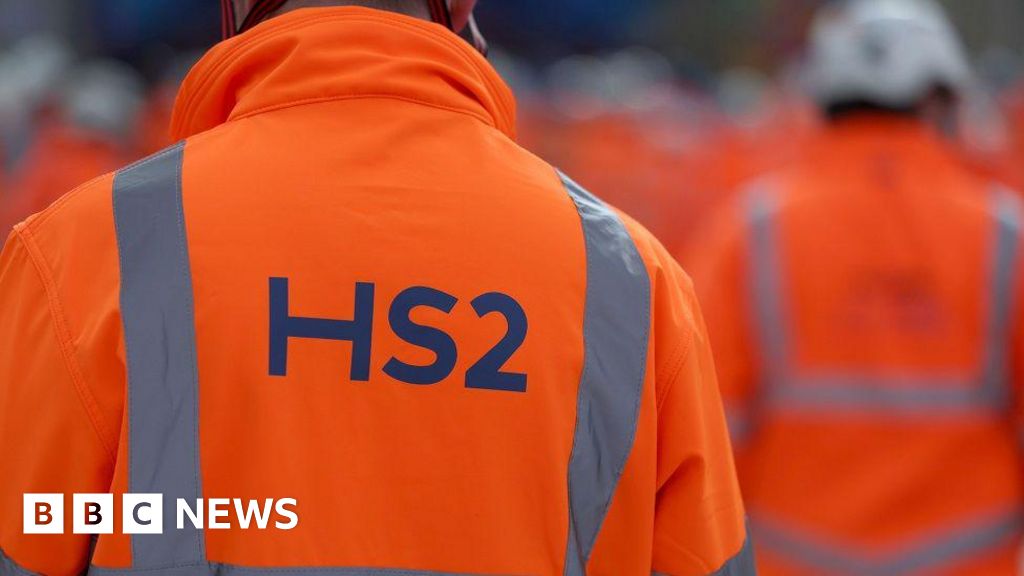Crypto reporting enters a new phase on Jan. 1, 2025, the effective date for the new 1099-DA and finalized reporting regs. Brokers, traders, banks, wallet hubs and taxpayers are still trying to digest the regulations and decide what is necessary to comply.
“I think it’s flown under the radar for a lot of people,” said James Creech, a director in the tax advocacy and controversy practice of Top 10 Firm Baker Tilly. “But the fact that the IRS is now going to get information about the transactions, and how inaccurate the information will be, is really underappreciated at this point. There will be a lot of people who will realize, too late, that this has taken effect.”
And there is very little time to become familiar with the rules, which go from nothing, or ad hoc reporting, through to a 1099 type B statement.
Jordan Vonderhaar/Bloomberg
“It’s going to be a rough transition period, beginning on Jan. 1, 2025,” Creech said. “For example, if hypothetically a bunch of people buy Bitcoin at $100,000 and it crashes down to $50,000 and they sell out at a loss, they’re going to be very confused if they just get a 1099 that has the proceeds on it. It would look like they have a $50,000 gain versus a $50,000 loss.”
“The concern was that there is not really much of any kind of standardized reporting,” he continued. “For example, if I were to buy $1,000,000 of crypto or sell $1,000,000 of crypto, there’s no guarantee that the information on the sales will make it to the IRS. So Congress imposed two code sections, 6045 and 6050, that created these reporting requirements which were a little sparse. They had some definitions that were a little vague, or that shouldn’t have been there at all. One senator held up the process and kept the definition vague, while the majority wanted to narrow it to be more precise. Overall, considering they were handed a really complex bundle of regulations to implement, they did a good job to come up with reasonable definitions.”
Creech believes everyone expects the Form 1099-DA to result in “scattershot, unhelpful reporting” for the first few years. “No one really knows what to expect. To really be effective, there needs to be a continuity of ownership within exchanges, so you can track both what the basis is and what the proceeds are. The first few years we might get half the report. The basis is going to be an issue — we’re likely to get inaccurate basis but accurate gross proceeds on these forms.”
Over time, the Treasury plans to expand these regulations and provide more clarity to some of the other people who are covered by Section 6045 and 6050 regulations.
“And the reporting will be expanded to things such as peer-to-peer exchanges or other kinds of marketplaces, since the definition tends to be, ‘Can you set prices or set fees for exchanging crypto?’ It’s pretty broad and it’s going to cover people who may not have the ability to comply, he said. “But that’s not so much of a January 1st issue.”
There have been estimates of up to 6 billion 1099-DAs to be filed with the IRS per year, according to Creech: “And if they’re all inaccurate, what is the IRS going to be able to do with them? Every transaction will generate a 1099-DA. If I’m trading crypto and make 1,000 trades, I could be getting 1,000 1099-DAs. It will all have to go into a digital shoebox.”
Credit: Source link










